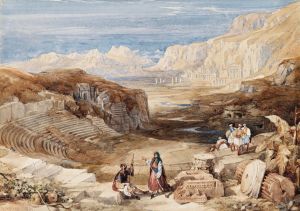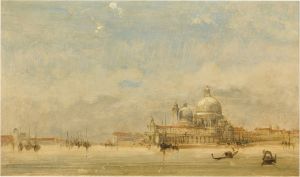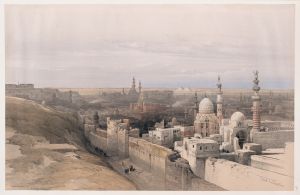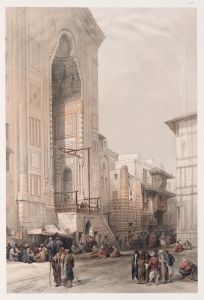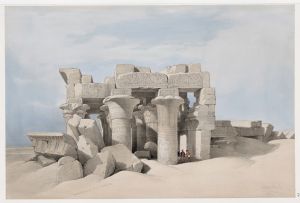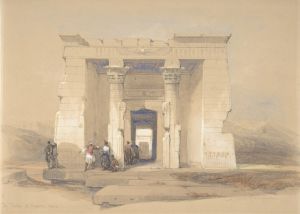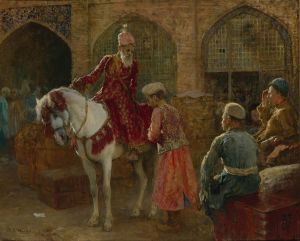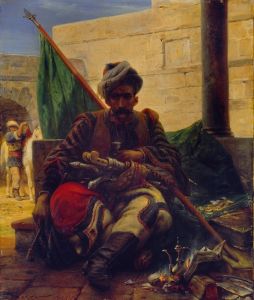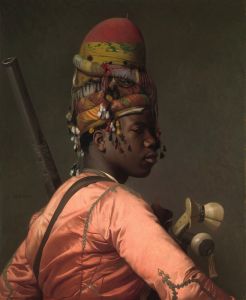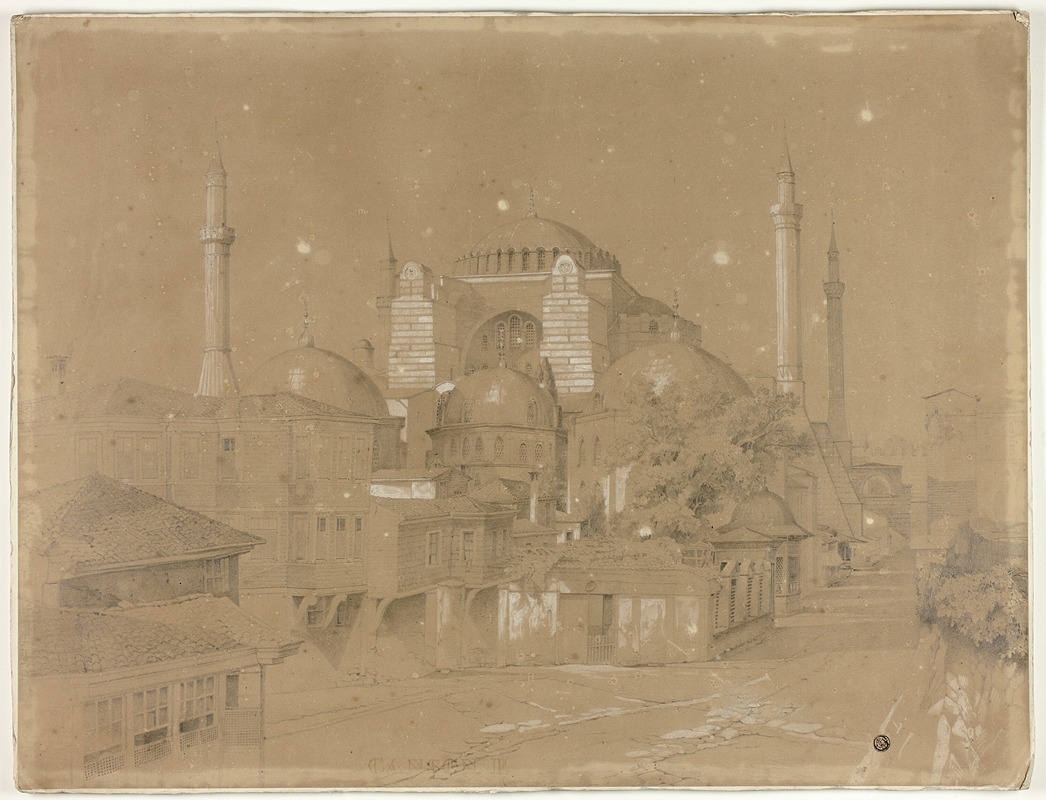
View of Constantinople
A hand-painted replica of David Roberts’s masterpiece View of Constantinople, meticulously crafted by professional artists to capture the true essence of the original. Each piece is created with museum-quality canvas and rare mineral pigments, carefully painted by experienced artists with delicate brushstrokes and rich, layered colors to perfectly recreate the texture of the original artwork. Unlike machine-printed reproductions, this hand-painted version brings the painting to life, infused with the artist’s emotions and skill in every stroke. Whether for personal collection or home decoration, it instantly elevates the artistic atmosphere of any space.
David Roberts' "View of Constantinople" is a notable artwork created by the Scottish painter and lithographer David Roberts (1796–1864), who is renowned for his detailed and romanticized depictions of historical and architectural landmarks. Roberts is particularly celebrated for his works documenting the Middle East, North Africa, and parts of Europe during the 19th century. His paintings and lithographs provided Western audiences with vivid visual representations of distant and exotic locales, many of which were unfamiliar to them at the time.
"View of Constantinople" is one of Roberts' many works that captures the grandeur and cultural significance of the city of Constantinople, known today as Istanbul, Turkey. Constantinople was historically a major center of trade, culture, and religion, serving as the capital of the Byzantine Empire and later the Ottoman Empire. Roberts visited the city during his extensive travels in the 1830s, a period when he undertook a journey through the Eastern Mediterranean, including Egypt, the Holy Land, and parts of the Ottoman Empire. His travels were meticulously documented through sketches and notes, which he later transformed into finished works.
The painting or lithograph (depending on the specific version) depicts a panoramic view of Constantinople, showcasing its iconic skyline, which includes landmarks such as the Hagia Sophia, the Blue Mosque (Sultan Ahmed Mosque), and the Topkapi Palace. These structures are emblematic of the city's rich architectural and cultural heritage, blending Byzantine and Ottoman influences. Roberts' attention to detail and his ability to capture the interplay of light and shadow lend the work a sense of realism and grandeur, while also imbuing it with a romanticized aura typical of Orientalist art.
Roberts' works, including "View of Constantinople," were often reproduced as lithographs and published in collections, making them widely accessible to the public. His most famous publication, The Holy Land, Syria, Idumea, Arabia, Egypt, and Nubia (1842–1849), included numerous illustrations based on his travels. These publications were highly influential in shaping European perceptions of the Middle East and surrounding regions during the 19th century.
While "View of Constantinople" is celebrated for its artistic and historical value, it is also important to note that Roberts' works reflect the Orientalist perspective prevalent in his time. This perspective often romanticized and exoticized the cultures and landscapes of the East, presenting them through a Western lens.
David Roberts' legacy as an artist lies in his ability to document and interpret the architectural and cultural wonders of the regions he visited. His "View of Constantinople" remains a significant example of his contribution to 19th-century art and his role in bringing the visual splendor of distant lands to European audiences.






